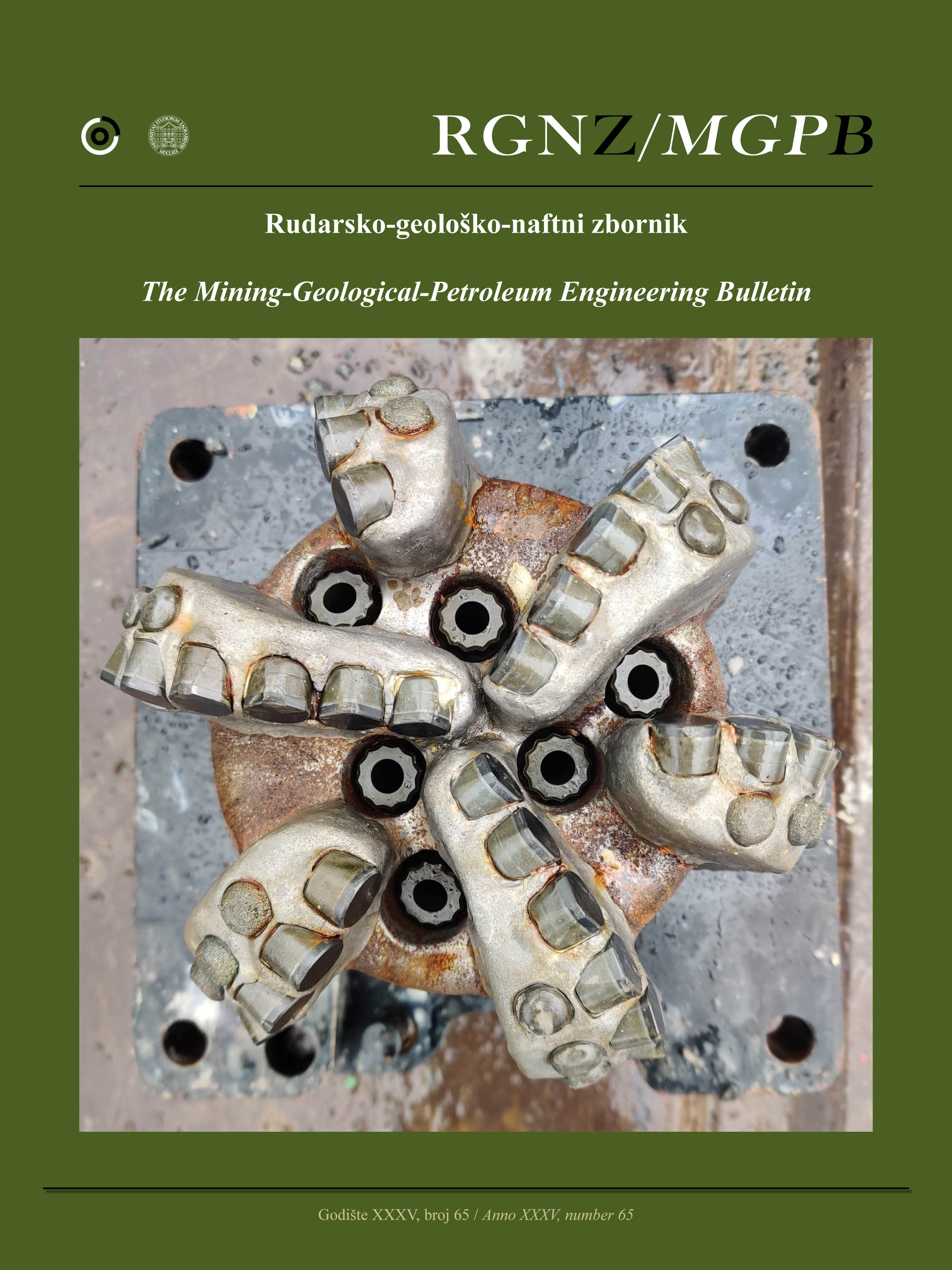The performance analysis of the post-mission web-based static and kinematic PPP-AR service
DOI:
https://doi.org/10.17794/rgn.2023.4.9Keywords:
GPS, GLONASS, PPP-AR, PPP-Float, CSRS-PPPAbstract
The use of the Precise Point Positioning (PPP) technique has become very advantageous with the development of GNSS positioning technology. It is possible to get highly accurate position information without the need of any reference station data using the PPP technique. However, there are various factors that affect the accuracy of PPP solutions, including the initial phase ambiguity solution type, which can be fixed or float, atmospheric effects, observation length, used satellite systems, and used precise products. The Canadian Spatial Reference System-Precise Point Positioning (CSRS-PPP) service, one of the online PPP services, was updated on October 20th, 2020, and upgraded to version 3, capable of the Ambiguity-Fixed (PPP-AR) solution. Prior to this date, the service had offered the Ambiguity-Float (PPP-Float) solution. In this study, it is aimed to investigate the effect of using different satellite systems (GPS, GPS&GLONASS), length of observation time, static/kinematic processing modes, and initial phase ambiguity solution types on PPP accuracy. The daily observation data of ANKR, ISTA, IZMI, MERS, and KRS1 IGS GNSS stations located within the borders of Türkiye, divided into different sub-sessions (1-hour, 2-hours, 4-hours, 8-hours, and 12-hours) were processed using CSRS-PPP web-based service as PPP-Float before the update and PPP-AR after the update. As a result of the comparison, the combined use of GPS & GLONASS satellite systems instead of using GPS satellites alone has increased horizontal and vertical accuracy in both static/kinematic PPP-Float and PPP-AR solutions. Considering the static solutions, horizontal and vertical position accuracies increase as the observation time increases in both ambiguity solution methods using different constellations. In the case of comparison of the ambiguity solution methods, it was found that the PPP-AR approach offered higher accuracy than the PPP-Float in all solution cases.
Downloads
Published
How to Cite
Issue
Section
License
Copyright (c) 2023 Bilal Mutlu, Serdar Erol, Reha Metin Alkan

This work is licensed under a Creative Commons Attribution 4.0 International License.
Creative Commons-BY
Authors who publish with this journal agree to the following terms:
In agreeing this form, you certify that:
- You read the ethical codex of the RGN zbornik available at journal web.
- You submitted work is your original work, and has not previously been published and does not include any form of plagiarism.
- You own copyright in the submitted work, and are therefore permitted to assign the licence to publish to RGN zbornik.
- Your submitted work contains no violation of any existing copyright or other third party right or any material of an obscene, libellous or otherwise unlawful nature.
- You have obtained permission for and acknowledged the source of any illustrations, diagrams or other material included in the work of which you are not the copyright owner.
- You have taken due care to ensure the accuracy of the work, and that, to the best of your knowledge, there are no false statements made within it.
- All co-authors of this submitted work are aware of, and in agreement with, the terms of this licence and that the submitted manuscript has been approved by these authors.
Publication licence
You retain copyright in your submitted work, according to journal license policy (CC-BY). By signing this form you agree that RGN zbornik may publish it under the publication licence. In summary the licence allows the following:
Anyone is free:
- To copy, distribute, display, and perform the work.
- To make derivative works.
Under the following conditions:
- The original author must always be given credit.
- The work may not be used for commercial purposes.
- If the work is altered, transformed, or built upon, the resulting work may only be distributed under a licence identical to this one.
Exceptions to the licence
In addition to publishing the work printed under the above licence, RGN zbornik will also enable the work to be visible online.
The journal editorial can change the licence rules anytime but it cannot retroactively restrict author(s) rights.


